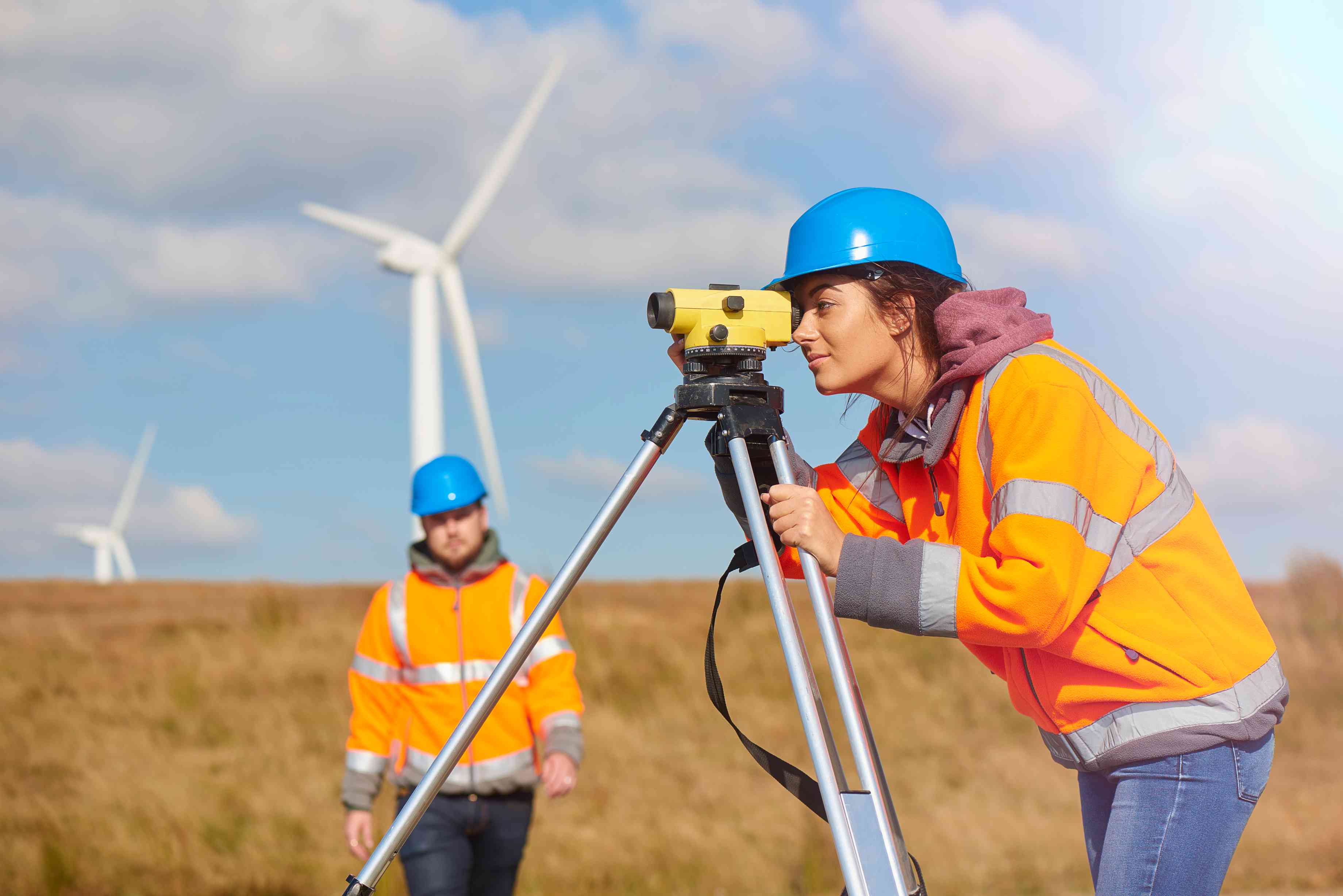Privacy Policy
Cookie Preferences
We use cookies and other tracking technologies to improve your browsing experience on our website, show you personalised content, and analyse our website traffic. Privacy Policy
We use cookies and other tracking technologies to improve your browsing experience on our website, show you personalised content, and analyse our website traffic. Privacy Policy



Many of us have seen a person wearing a high-vis jacket, holding some kind of stick, performing some sort of survey. But many people would be wondering exactly what they were doing!
A surveyor is a professional who is responsible for measuring and mapping land. This includes taking elevation, distance and angle measurements using GPS systems. These readings can then be used to map the terrain, and the data analysed can help to form a plan that can be properly interpreted by other professionals.
Surveyors use various tools to carry out their work. Many of these are very basic, such as a tape measurer, pickets, and a spirit level. Others are more complex, such as a laser level.
Still, the most complete tool is a topographic GPS with a connection to NTRIP networks. This allows them to make centimetre-accurate measurements over distances of up to 20 km.
NTRIP is the acronym for Networked Transport of RTCM via Internet Protocol. This refers to the networked transport of data in RTCM format via Internet Protocol.
This means that GNSS receivers will not transmit or receive position corrections via an internal or external radio, such as UHF or VHF. Instead, they will receive this via a protocol based on the well-known Internet HTTP.
This is a big plus point for NTRIP, as communication via radio signals can easily be interrupted by terrain obstructions (buildings, mountains, vegetation, etc.) and by power grids or electronic devices.

A surveyor is forced to buy SIM cards from all national operators, paying several monthly fees. In addition, equipment needs to be configured according to the coverage available on each occasion, sometimes even using a different operator in the sensor and another in the data collector. This wastes valuable time on tasks unrelated to their work.
A single IoT Roaming SIM should be suitable for all devices. It should always connect to the operator with the best coverage, without the need to change the configuration. This means that no time is wasted trying different SIMs from different providers to find which one works best.
Adapt to the data consumption needs of each surveyor, typically 2GB/month.
To avoid any unwanted consumption of Voice or SMS, it is possible to restrict the use of the SIM. This leaves the internet connection, or data, available to use.
A single monthly fee is usual for these solutions. The fee relates to the amount of data the SIM uses. If the SIM uses more data than is expected, sometimes this can result in an overage charge. However, more responsible providers will notify you beforehand to ensure you increase your data bundle for an agreed price increase.
Roaming SIMs provide many solutions in the world of topography and surveying. Don't wait for a connectivity issue to become a problem. Speak to us today to see how we can help!